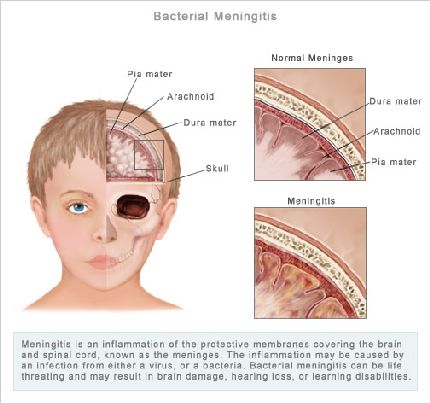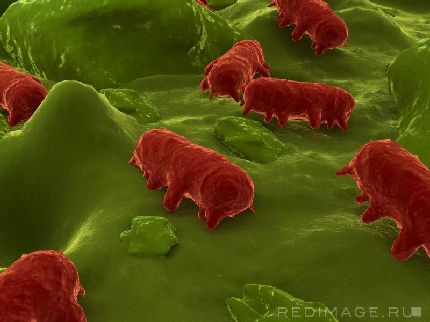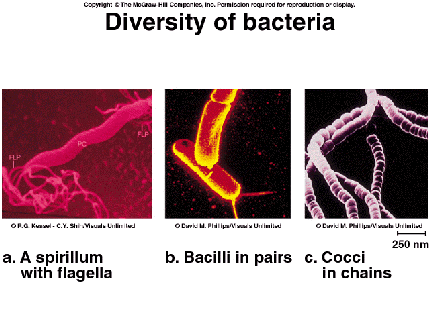There are several important and new results in this study, the characteristics MDRGNB colonization. First
duration of colonization MDRGNB continues. Patients with colonization MDRGNB on average 144 days, with maximum >> << 349 days of colonization to the end of the study. Second, clearance of colonization with all kinds MDRGNB occur rarely. In this study, only 3 (9%) of 33 patients treated MDRGNB all kinds of colonization of the gastrointestinal tract. Thirdly,
cocolonization MDRGNB of various kinds were frequent. A total of 20 patients (61%) were colonized with 2 different types ⩾
MDRGNB, of which 15% were colonized with 3 or 4 different types MDRGNB. These findings have important implications on the effectiveness of surveillance efforts to detect MDRGNB Reservoir
in health facilities. For vancomycin-resistant enterococci and methicillin-resistant Staphylococcus aureus
, the guidelines encourage the use of surveillance cultures in certain circumstances [
]. They also recommend that if ⩾ 3 surveillance cultures for 1-2 week period of negative resistance for these antimicrobial agents
, contact precautions may be waived for patients who are not subjected to the influence of antibiotics for several weeks >> << [
]. There are no specific recommendations on MDRGNB [
]. The results of this study indicate that monitoring efforts to design documentation colonization may not be possible >> << strategies, so that patients remain colonized for a period exceeding the average length of hospitalization and design
-colonization is a rare events. The long duration of colonization of other gram-negative species including
Acinetobacter species and P. sticks, also have been reported [
]. Surveillance cultures MDRGNB may not be feasible strategy due to lack of standardized screening media for detection
MDRGNB and high proportion of patients identified with cocolonization in this study. These factors make >> << surveillance cultures is very time consuming and costly intervention. Antibiotic effect is the main factor contributing to the emergence and spread of resistant bacteria to antimicrobial agents. One would therefore
expect that selection pressure of drugs will contribute to ongoing colonization MDRGNB. However, in this study, two thirds
patients with persistent colonization MDRGNB not received any antibiotics during the study period, and most
remaining one-third of patients have a very narrow spectrum antimicrobial. No link between antimicrobial >> << impact and persistent colonization may be due to small sample size. However, these results show that the
Other unknown factors may affect the duration of colonization MDRGNB. Another interesting and new search in this study, is the preservation of colonization with multidrug-resistant P. Mirabilis, compared with colonization by other species MDRGNB. Indeed, the risk of treatment of multidrug-resistant
P. Mirabilis
colonization was only 10%, cleaning other MDRGNB. Furthermore, among patients who were both cocolonized
P. Mirabilis
and other MDRGNB, colonization was last cleaned more often than colonization
P. Mirabilis. These data suggest a potential advantage for the survival of P. Mirabilis
colonization of the gastrointestinal tract. A characteristic feature
isolation Proteus species tend to swarm on isolation media and potentially interfere with the identification of colonies
other gram-negative species. However, in this study, McConkie media used to prevent swarming [
]. Using the medium of ciprofloxacin could potentially increase the recovery of multidrug-resistant
P. Mirabilis, so that 100% of these strains were resistant to this antimicrobial. However, most other species were MDRGNB
also resistant to ciprofloxacin and, hence, reduced isolation of multidrug-resistant
P. Mirabilis
can not explain the permanent colonization. Proteus species are a minority of gram-negative species that colonize the gastrointestinal tract, and therefore a permanent restoration >> << this species is not expected [
]. Finally, among 15 multidrug-resistant
-P. Mirabilis
isolates, 13 represented genetically unrelated strains, and therefore the potential acquisition of an outbreak strain will
explain the permanent colonization. Lautenbach et al. [
] Analyzed the potential factors associated with persistent colonization among E. coli strains
with reduced sensitivity to fluoroquinolones. They showed that among a cohort of 10 colonized outpatients, >> << average duration of colonization was 80 days (range 8-172 days). They also showed that prolonged colonization was more prevalent among
species, expression of AcrAB pump end [
]. Future studies should determine whether certain characteristics of antimicrobial resistance among P.
Mirabilis also promotes permanent colonization. There are some limitations of this study that require further discussion. First, the use of media supplemented with ceftazidime and ciprofloxacin
probably led to excessive MDRGNB of species that were resistant to these antimicrobials. But
it too should not affect the main results and conclusions of this study. Second, there were 18 episodes
periodic colonization MDRGNB, where surveillance cultures were results that were negative for MDRGNB, despite the restoration
same strain MDRGNB with preceding and subsequent culture. In this study it was thought that this is
permanent colonization, because clearance of colonization then repeat the same strain for 3-4 week period
unlikely to happen. Third, we randomly selected to determine the clearance of colonization as 2 serial cultures without
recovery MDRGNB. It is difficult to determine whether this definition accurately reflects clearance of colonization strattera 10mg. However, the same strain MDRGNB not recovered from any of these cultures were made after determining >> << design met, which suggests that sampling error is unlikely to explain the design MDRGNB species. Finally, this study
was held in long-term care center and confirm the results warrant among hospitalized patients. The development of effective strategies aimed at limiting the spread MDRGNB requires understanding of the
MDRGNB colonization. The results of this study is the first step in providing data to guide future prevention initiatives. .





